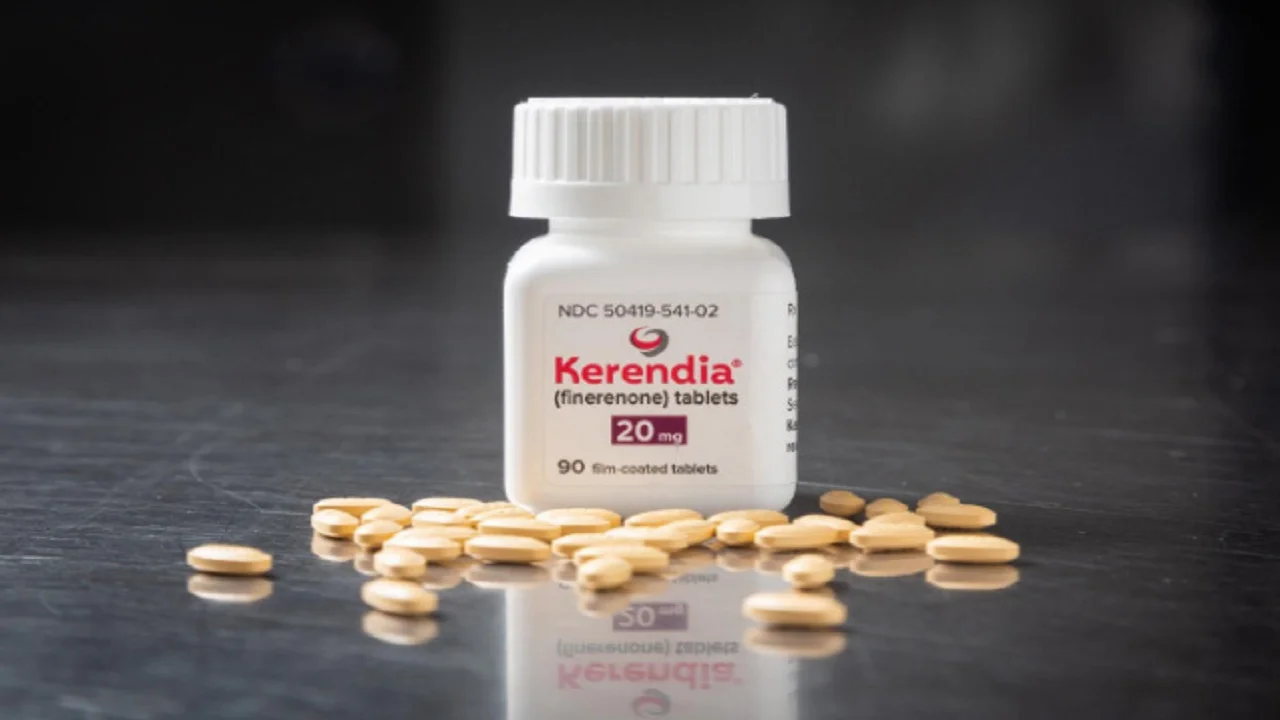
Decision changing trials from TCT 2024
- TRISCEND II
The TRISCEND II trial showed that among patients with severe symptomatic TR, orthotopic TTVR using the Evoque valve along with medical therapy is superior to medical therapy alone in improving cardiovascular outcomes, primarily through improvements in symptoms and measures of QoL with no differences in mortality or HF hospitalization.
Results from TRILUMINATE for T-TEER and TRISCEND II for TTVR are concordant and suggest that the benefit is primarily in QoL, with no differences in mortality or HF hospitalization. TR reduction is greater with TTVR; head-to-head comparisons will be important going forward - FAVOR III Europe
The FAVOR III Europe trial showed that in patients with chronic or acute coronary syndrome, noninvasive functional testing of intermediate stenoses with quantitative flow ratio (QFR) resulted in more frequent MACE compared with FFR-guided revascularization. - FLASH
Results from the FLASH trial demonstrate the noninferiority of artificial intelligence-based fully automated quantitative coronary angiography (AI-QCA)-assisted PCI compared with optical coherence tomography (OCT)-guided PCI in achieving optimal minimal stent area, with comparable procedural complications, OCT-defined endpoints, and six-month clinical outcomes - ACURATE IDE
Among patients with severe aortic stenosis, the Acurate neo2 valve failed to demonstrate noninferiority compared with a commercially available valve (Sapien or Evolut). Mortality, stroke, and rehospitalization tended to be higher in the Acurate neo2 group vs. the conventional TAVR group. Transvalvular gradients were relatively low with this platform (8.0%); however, there was a relatively high incidence of paravalvular regurgitation (mild 23%, moderate 1.0%, severe 0.1%). Part of the mechanism for the treatment difference may have been due to valve frame under-expansion, which was present in ~20% of the Acurate neo2 group. - TARGET-IV NA
A biodegradable polymer sirolimus-eluting stent (BP-SES) was noninferior to currently-used second-generation drug-eluting stents (DES) in terms of target lesion failure (TLF) at one year in patients undergoing PCI for chronic or acute coronary syndromes - Large-Bore Mechanical Thrombectomy vs. Catheter-Directed Thrombolysis for Treatment of Intermediate-Risk Pulmonary Embolism – PEERLESS
PEERLESS is the first randomized comparison of catheter-based interventions for intermediate-risk PE. The superiority of LBMT to CDT was driven largely by a reduction in the last components of the hierarchical composite outcome, namely, clinical deterioration/need for bailout therapy or ICU utilization. The authors note that decompensating events such as cardiac arrest or respiratory failure were less frequent and less severe in the LBMT and occurred solely after and not during catheter placement. This may reflect the risk of indwelling catheters during CDT as well as faster time to thrombus resolution with LBMT. RV function and patient symptoms improved to a greater extent with LBMT - HELP-PCI: Unfractionated Heparin at First Medical Contact vs. the Cathlab
Pretreatment of STEMI patients with a loading-dose of unfractionated heparin (UFH) at first medical contact (FMC) vs. in the catheterization lab (cathlab) was associated with improved spontaneous reperfusion of the infarct-related artery (IRA) without increasing the risk of major bleeding
In HELP-PCI, early heparin administration resulted in higher rates of TIMI 3 flow on initial angiography (pre-PCI) against a background of routine pre-catheterization DAPT loading with no significant difference in bleeding. MACCE did not differ at 1 year despite a reduction in HF readmissions and MACCE at 30 days with early heparin administration. Given its apparent safety, heparin administration at first medical contact could be considered in STEMI patients, especially in the setting of potential delays to primary PCI. - Comparison of Noncompliant Balloon With Drug-Coating Balloon Angioplasties for Side Branch After Provisional Stenting for Patients With True Coronary Bifurcation Lesions – DCB-BIF
The DCB-BIF trial showed that in patients with simple coronary bifurcation lesions undergoing provisional stenting, paclitaxel-coated DCB angioplasty of residual side branch stenosis reduced the incidence of target-vessel MI compared with noncompliant balloons alone. - Evaluation of TAVR Compared to Surveillance for Patients With Asymptomatic Severe Aortic Stenosis – EARLY TAVR
Among patients with asymptomatic severe aortic stenosis (stage C aortic stenosis), early TAVR was beneficial. Early TAVR compared with clinical surveillance resulted in a lower incidence of the composite outcome of death, stroke, or unplanned hospitalization for cardiovascular cause. The individual components of the composite outcome all favored TAVR. In the clinical surveillance group, 87% underwent aortic valve replacement during follow-up. Therefore, in practicality, this trial compared a strategy of early TAVR vs. delayed TAVR. This trial will be used to inform future guideline recommendations regarding the management of stage C aortic stenosis. - One-Month Ticagrelor Monotherapy After PCI in Acute Coronary Syndromes – IVUS-ACS/ULTIMATE-DAPT
The results of this trial show that IVUS-guided PCI is superior to angiography-guided PCI for 1- year outcomes among patients undergoing PCI for an ACS presentation. Patients with diabetes were also noted to have a benefit with IVUS guidance. Further, 1-month DAPT followed by de-escalation to ticagrelor monotherapy reduces bleeding compared with 12-month DAPT without an increase in ischemic events at 1 year among these patients (including those presenting with STEMI).
The IVUS data are concordant with recent studies suggesting a benefit with IVUS-guided PCI compared with angiography alone guided PCI, especially for complex subsets. This trial provides evidence for the same among ACS patients, including those with type 2 diabetes.







